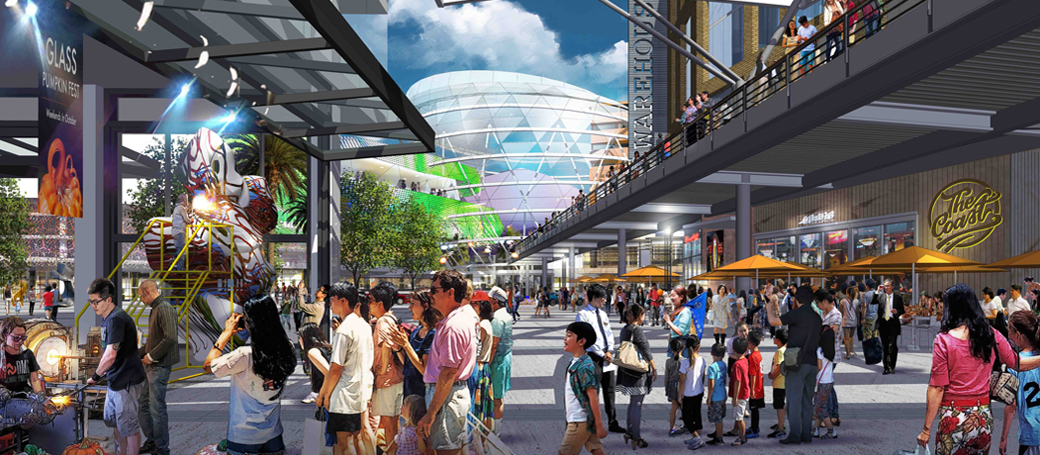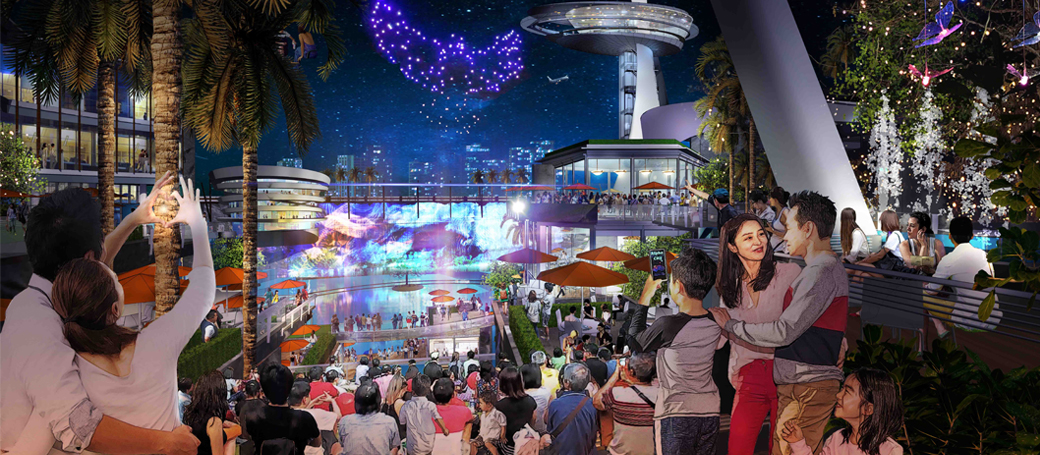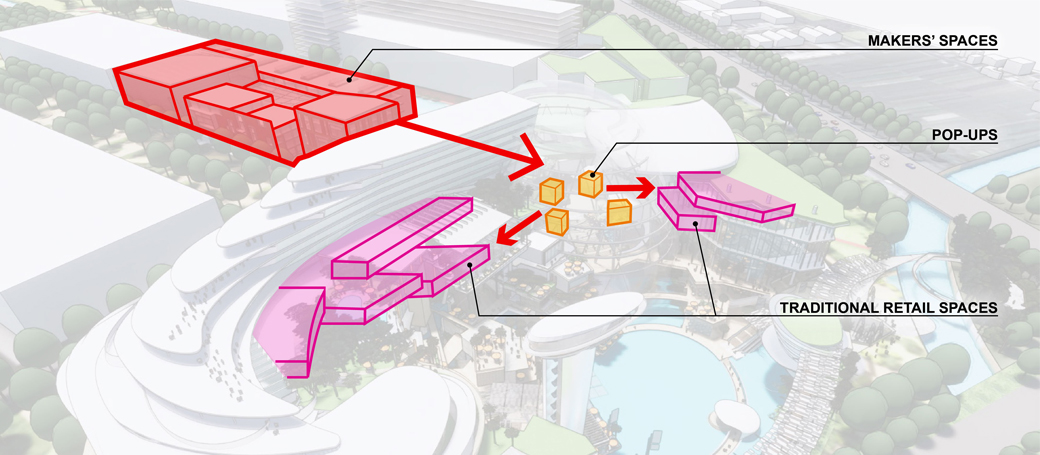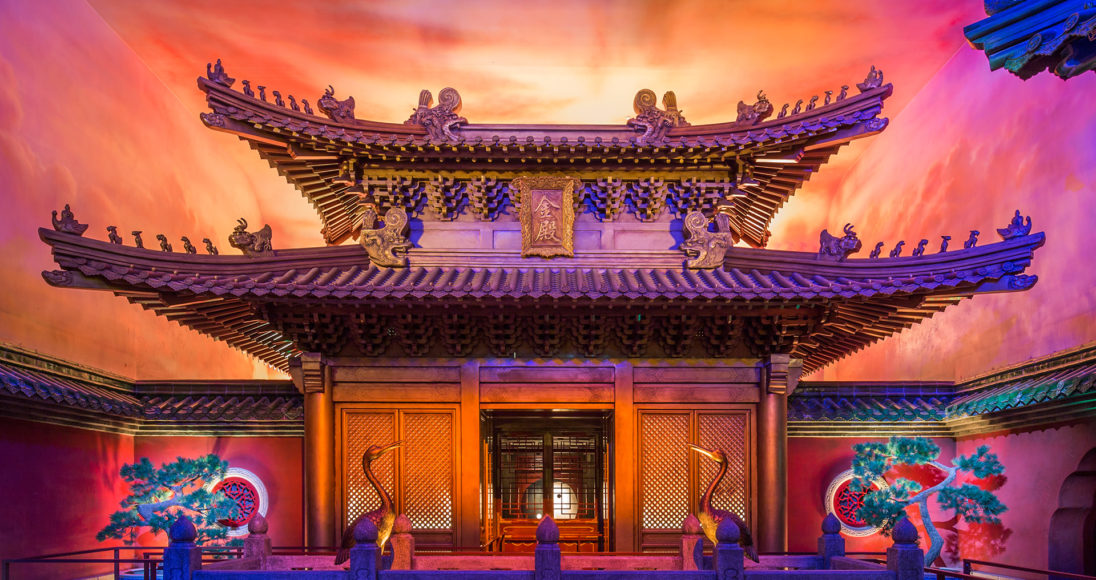ON SHOPPING
“We used to shop because we needed to. Nowadays we shop because we want to.”
As e-commerce slowly upends the relationship between buyers, sellers and physical space, we find ourselves with more options to acquire products and services, and less incentives to go to conventional retail stores. Online retailers, or e-tailers, have recognized this shift in the global consumer market, focusing on providing convenience and low prices.
This shift has also empowered the informed consumer, allowing them to rethink what they want out of the retailer-consumer relationship and voice demands for a different experience all together. Not surprisingly, a growing number of consumers are looking for more accessible and easier to navigate experiences that combine conventional services with exclusive and curated inventory.
Driven by a desire to discover new experiences, to access specialized content, to learn and to influence; the act of shopping has become a series of regenerative personal and social experiences that can be #hashtagged by brand ambassadors and accessed through subscribed memberships. It is marked by a desire to discover new experiences, to access new combinations of services, to learn, to influence, and to find meaningful social places of interaction.
To sum it up, visitors navigate a wide range of options, looking for a retail environment that provides a much more personalized experience – one that speaks to their individual identity and makes them feel unique and helps them be part of a community.

ON PRODUCTION
“Manufacturing is coming to town. New technologies are allowing small scale production of bespoke goods to be viable, local and persona.”
Concurrently with the innovations to the retail/shopping experience, the production cycle of goods has also evolved; it has shortened significantly. With the growing number of budding entrepreneurs empowered by computer modeling tools, 3D printing, a global ecosystem of specialists, and a digitally connected social media world to promote their business designers can now prototype, test, optimize, and be ready for manufacturing in a relatively short time. Even traditional artisans and craftspeople can effortlessly and economically reach customers around the globe.
ON RETAIL SPACES
“The rapid shift in consumer’s preferences is shattering traditional retail models. New retail models are becoming an experience of choice and an opportunity for surprise.”
Consumers now access goods and services through a variety of channels, and this shift is putting pressure on the way retail spaces are conceived, managed, and used. This wave of change has particularly impacted traditional department stores and mid-size shopping centers, while the character-based, convenience and food and beverage oriented main streets and power centers are doing better than ever. The future success of physical retail environments – for them to remain active parts of the urban fabric and daily cultural commerce – lies in adapting and evolving to these emerging demands.

ON THE ALPHA MODEL
“How can we introduce these innovations to a wider range of visitors?”
FORREC has recently developed a retail design model tailored to innovating shopping and production. Picture a place where guests can access the workshops and maker spaces of creators and craftspeople; where they are openly encouraged to interact. This ‘behind-the-curtain’ access fosters an appreciation in the consumer for how their products are conceived and made by designers allowing them the opportunity to customize the product for themselves. The result is a new memory, or story, exclusively associated with a service or product bespoke to the collaboration of consumer and creator. A place where visitors can be exposed to ever-changing pop-up spaces and where there is always something to surprise you. A place where more traditional stores showcase more mainstream brands, but that can also carry products and designs by local manufacturers proven to be popular with guests and visitors.
On the other hand, imagine a place where you – as a creator – can interact with your customers to receive real-time feedback and forge long standing relationships. All the while, gaining access to pop-up spaces situated in high traffic areas without a long-term investment. As an expanding retail ecosystem, retailers can become long term partners to scale up product placement and improve your market presence. Once you have established a benchmark for viability, you have the option to transition to a more permanent showroom where you can expand and elaborate on your brand and product.
So now, envision a place that also supports your desire to take a step back from ‘shopping’ and enjoy a coffee with your friends, catch a movie, or play games. A place that offers a wide range of entertainment options, where you feel like you’re in an open village rather than another generic mall.
Finally, as a developer, envision a place adapted for consumers and their wants, a place that is as much a social environment as a retail destination. A place that combines a whole ecosystem of uses and users, from entertainment to production, and where visitors are exposed to the whole range of experiences. FORREC’s approach tailors the design of each area to specific experiences, providing a great custom framework for visitors and retailers.

The resulting retail model aims to change the act of shopping into a collaborative and social space that allows for personalization and access to original content. As an ever-evolving marketplace, it exposes guests to a wider range of experiences and creates opportunities for a more diverse mix of tenants. By creating this immersive and engaging experience, guests will have more reasons to visit frequently and for longer periods. With increased attendance, the need to accommodate the generative flow of visitors requires an expanded range of spaces and tenant types that in turn, transform the entire project ecosystem into something more resilient, flexible and ultimately more profitable.



